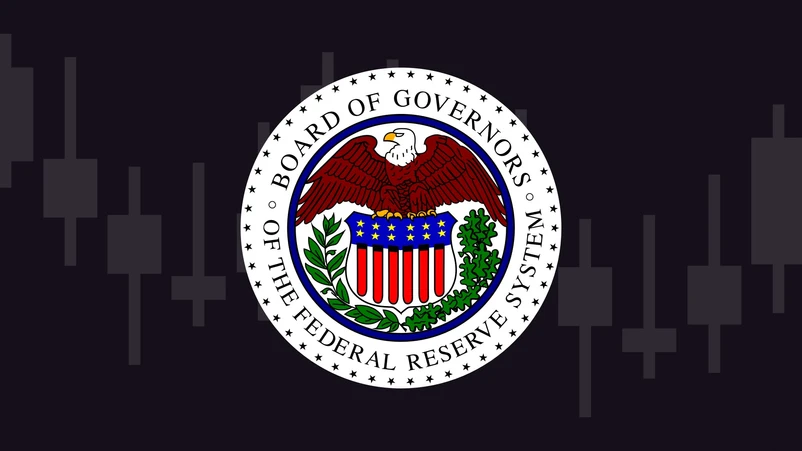FOMC message is that rate cuts remain on the table, but with less certainty on when they will ultimately be delivered
In the meantime, market 'buy-in' to the Fed's message is showing signs of weakening

The US Federal Reserve kept rates on hold yesterday, as widely expected. But when comparing the statement accompanying the decision with the press conference given by Chair Powell afterwards, signs are clearly emerging that the Fed is struggling to keep the markets on-side.
With the decision to keep rates on hold expected, the main focus at yesterday's meeting was on the language used to accompany the decision, specifically whether the FOMC would indicate a more hawkish tilt. In the event this did not transpire. The statement did not contain any language to suggest a hawkish pivot, nor indeed did it suggest that interest rates might have to be raised further going forward. Indeed, it could be argued that the FOMC actually went out of its way to relay the opposite message, by noting that its employment and inflation goals had actually moved into better balance over the past year. References to inflationary pressures remaining “elevated” and the job market “strong” were repeated, as was the statement that the FOMC remains “strongly committed” to returning CPI to its 2% target and remains prepared to tighten policy further if risks emerged to threaten this target. But this is clearly not the same as saying that the possibility of raising interest rates in the near future is being considered. So, all in all, a relatively sanguine message that sends the signal that the FOMC is not unduly concerned about the strength of inflationary pressures seen so far this year.
However, against this message is the realisation that inflation is starting to look increasingly stubborn and persistent, and the markets are starting to react to this changing narrative. US 10-yr yields rose in April to their highest levels since November last year, while the known ‘doves’ on the FOMC are starting to talk about the need to recalibrate policy. And in yesterday’s press conference, concerns about inflation becoming more persistent was a clear concern among attendees. The market clearly does not share the sanguine view of the Fed, and in some ways this is understandable; having got the ‘transitory’ inflation argument so wrong, there is an unwillingness on the part of the market to obediently take what the Fed says now as gospel truth.
And from the economic data that is coming in, there is considerable justification for the market to be sceptical about what the Fed is saying. Progress on bringing CPI back to target is clearly stalling, with core PCE – the Fed’s preferred measure of inflation – having been stuck around the 2.9% level now since the turn of the year. Headline CPI, in the meantime, has risen to 3.5%. Meanwhile, the manufacturing ISM survey published this week, reported the prices component jumping to a 2-yr high of 60.9, up from 55.8, with thirteen of the eighteen industries covered reporting that they were paying higher prices for inputs and expressing concerns that prices paid were still above pre-pandemic levels. And with labour demand continuing to outstrip available supply - this week’s ADP report showed near-10% wage rises could be secured by workers switching jobs, with even those remaining put enjoying 5% rises - it is hard to find reasons for suggesting the disinflationary pressures seen last year are going to emerge any time soon.
Of course, there are reasons for being more optimistic and for putting more faith in the Fed’s message. The Quits rate is continuing to fall, suggesting the pick-up in the Q1 Employment Cost Index published this week will turn out to be just a blip, while the decline in the JOLTS measure of job openings also reported this week provides another piece of the puzzle that is suggesting labour demand is finally starting to soften. But until these forces start to materially push inflation lower, the market will remain unwilling to buy too strongly into the Fed’s message. And the implication of this is that investors may have to be prepared for yields to continue climbing higher.
With US yields steadily creeping higher, the market is signaling a less sanguine view of current inflationary pressures than is the Fed.









